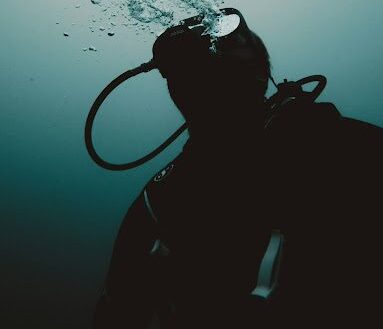In the world of engineering, some of the most fascinating challenges take place far away from what the eye can see. Beneath the surface of oceans, lakes, and harbors, highly specialized teams are working on vital tasks that keep global infrastructure running. From repairing oil rigs to maintaining ship hulls, underwater welding has become an indispensable field that combines human expertise with cutting-edge technology.
A hidden yet vital industry
Most people rarely think about what happens beneath the waves, yet industries such as shipping, offshore energy, and marine construction depend on underwater maintenance and repair. An experienced underwater welding company brings together divers, engineers, and safety experts to handle operations that are both physically demanding and technically complex. These companies not only solve urgent repair needs but also help extend the lifespan of critical structures exposed to the harsh marine environment.
Collaboration drives progress
Like many specialized fields, underwater welding thrives on collaboration. Engineers, divers, and designers constantly exchange knowledge to refine techniques. In recent years, digital technologies such as 3D modeling and simulation have made it possible to test concepts before deploying them in real-life conditions. This has led to safer procedures, more accurate welding, and a broader range of possible repairs.
Where engineering meets creativity
One of the reasons underwater welding continues to advance is the constant improvement of equipment and methods. Every project requires careful planning, because the ocean adds layers of unpredictability: currents, visibility, and depth all influence the outcome. Here, the role of engineering design becomes crucial. A new mechanical concept can transform how tools function under pressure, make welding more precise, or ensure that divers can work safely for longer periods of time.
Innovations in mechanical design are not just theoretical; they directly impact efficiency and sustainability. For example, improved clamps, cutting tools, and remotely operated welding systems allow for faster operations with reduced downtime. This doesn’t just save costs for operators but also minimizes the environmental footprint of marine work.
Looking ahead
The future of underwater welding is likely to be shaped by a combination of human skill and robotic support. Remote-operated vehicles and autonomous systems are already being tested to handle the most dangerous tasks, while human divers continue to provide the precision and adaptability that machines cannot yet match. As new mechanical designs emerge, and as companies push the limits of what is possible underwater, the industry will continue to play a key role in maintaining the global flow of goods and energy.
What might seem like an invisible trade is, in fact, one of the essential pillars of modern infrastructure. By combining creativity, engineering, and practical experience, underwater welding shows us that innovation often happens in the least expected places – even deep beneath the surface.





























